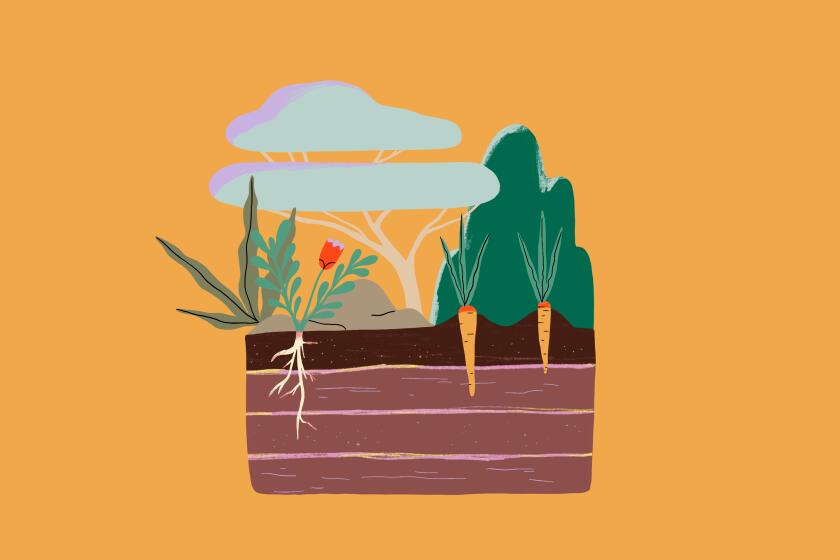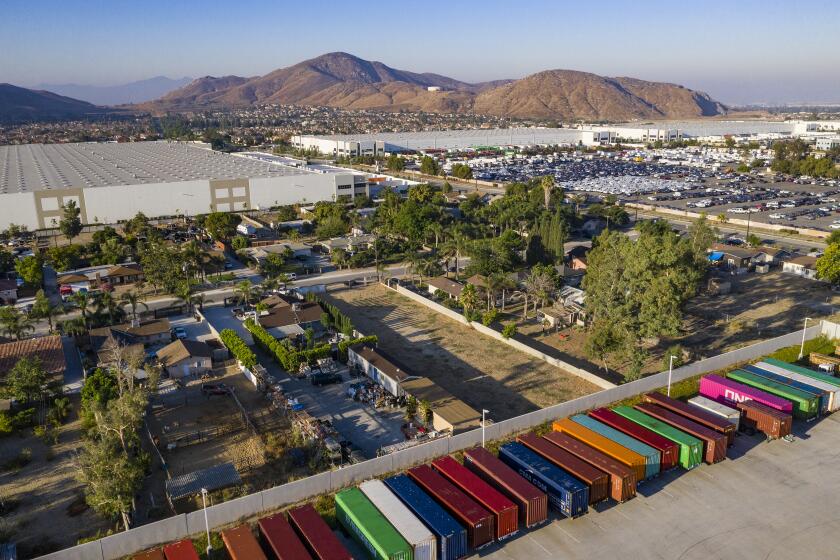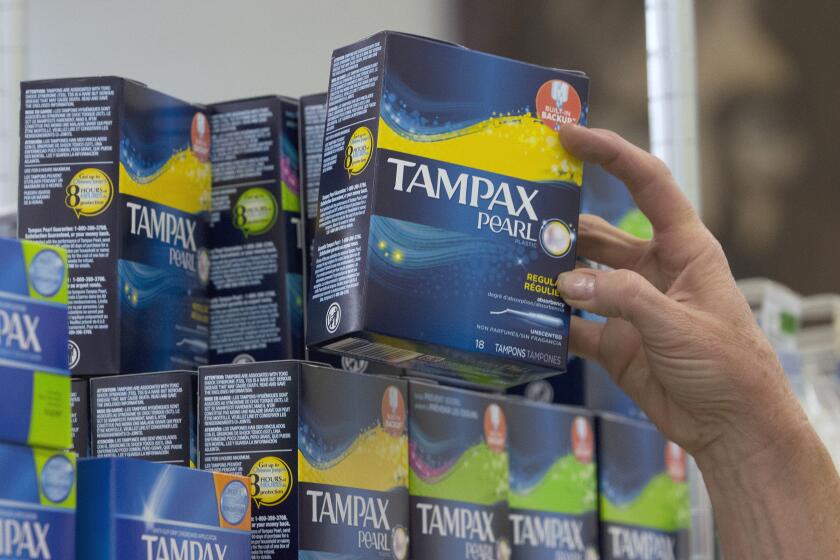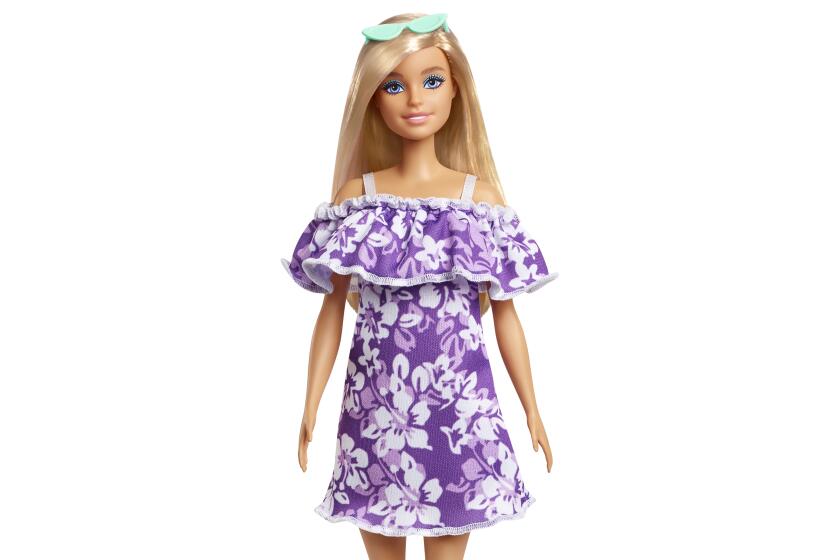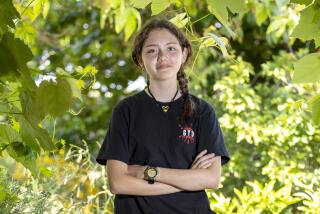
- Share via
Whether it’s Tetrised inside a delivery truck, cradling a cappuccino or telescoping over a tampon, cardboard is a paradox.
It’s dull enough to put people to sleep on a podcast, yet so vital the Fed tracks it as a harbinger of future recessions. We use tons of it — tens of millions of tons annually, according to the EPA — but recycle so much that we waste 10 million tons less than when Oscar the Grouch sang “I Love Trash” on Sesame Street in 1970. Back then, 18 million tons went to landfills. In 2018, the most recent year for which data are available, it was 6.4 million.
Today, even a corrugated pizza box can be reincarnated half a dozen times before it dies as toilet paper or compost. It’s so aggressively neutral, it’s a synonym for boring.
“I remember almost nothing about cardboard other than there was more to it than I thought there could be,” said Benjamin Boster, host of “I Can’t Sleep: A Boring Podcast,” who recently featured the material on his insomnia-curing show.
Skeptics were plentiful when L.A. Arboretum expert Leigh Adams first used waste cardboard to rebuild lousy soil. But they believe it now.
So how are we to judge cardboard? Is it a savior or a scourge ?
Is it one of the world’s most innocuous materials, or is it a symbol of our planet-killing overconsumption?
If the Golden State is going to lead the world toward a better, safer future, our political and business leaders — and the rest of us — will have to work harder to rewrite the California narrative. Here’s how we can push the state forward.
And why does it feel like there’s so much more now, when according to the EPA, the volume in circulation — about 42 million tons — has fluctuated by less than 5% since democracy hung on a few hundred bits of paperboard (those hanging chads) in Florida during the 2000 presidential election?
Well, after binge-buying our way through the fat years of the pandemic, many of us associate the Amazon boxes we see everywhere with guilt, debt and climate anxiety.
It’s true that e-commerce has increased seven-fold — to about 15% of American retail from just 2% — since Amazon Prime debuted in 2005. But the data don’t lie: The amount of stuff we throw out has grown astronomically, while the amount of cardboard entering the municipal waste stream has remained, in effect, flat.
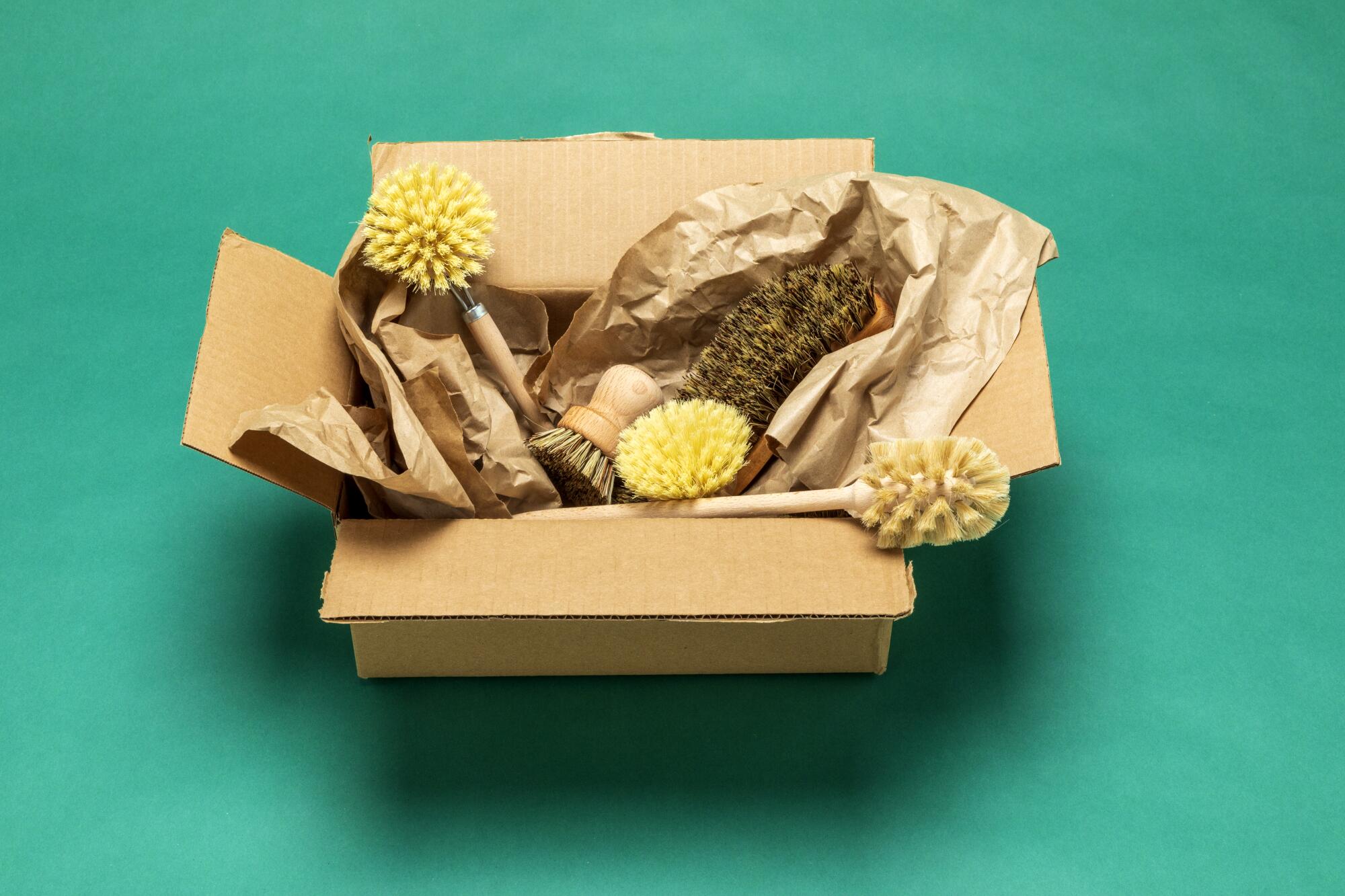
To wit: EPA data show the volume of shoes and clothes entering landfills has more than doubled since the turn of the century. Sheets and towels? Doubled. Appliances? You get the picture. As of 2018, more than 9 million tons of outfits went to landfill, outweighing the boxes they came in by almost a third.
Southern California may finally be confronting the public health and environmental damage created by the unchecked growth of goods movement and e-commerce.
What’s more, we’ve started making stuff out of recycled cardboard: Drinking straws. Happy Meal toys. Six-pack rings. Coffins.
So, which is it? Is cardboard the sustainable fiber of the future? Or is it the exoskeleton of corporate green-washing, an cynical ploy to hide our insatiable acquisitiveness in reusable packaging?
The answer is a lesson in three objects.
If you want to unpack our anxiety about cardboard, the object to start with is not an Amazon box, but a tampon.

Few popular products elicit a more visceral response than the tampon that drops from a public restroom vending machine.
The tampon in question will never be found at the bottom of a purse, or tucked in a desk drawer at the office. It’s not advertised in magazines or handed out at Sycamore Grove Park in Highland Park by saintly strangers on Dyke Day.
Nevertheless, the telescoping cardboard applicator tampon is intimately familiar to almost anyone who’s had a period in the last century. First patented in 1933, it remains a staple of high school bathrooms, highway rest stops and coming-of-age stories.
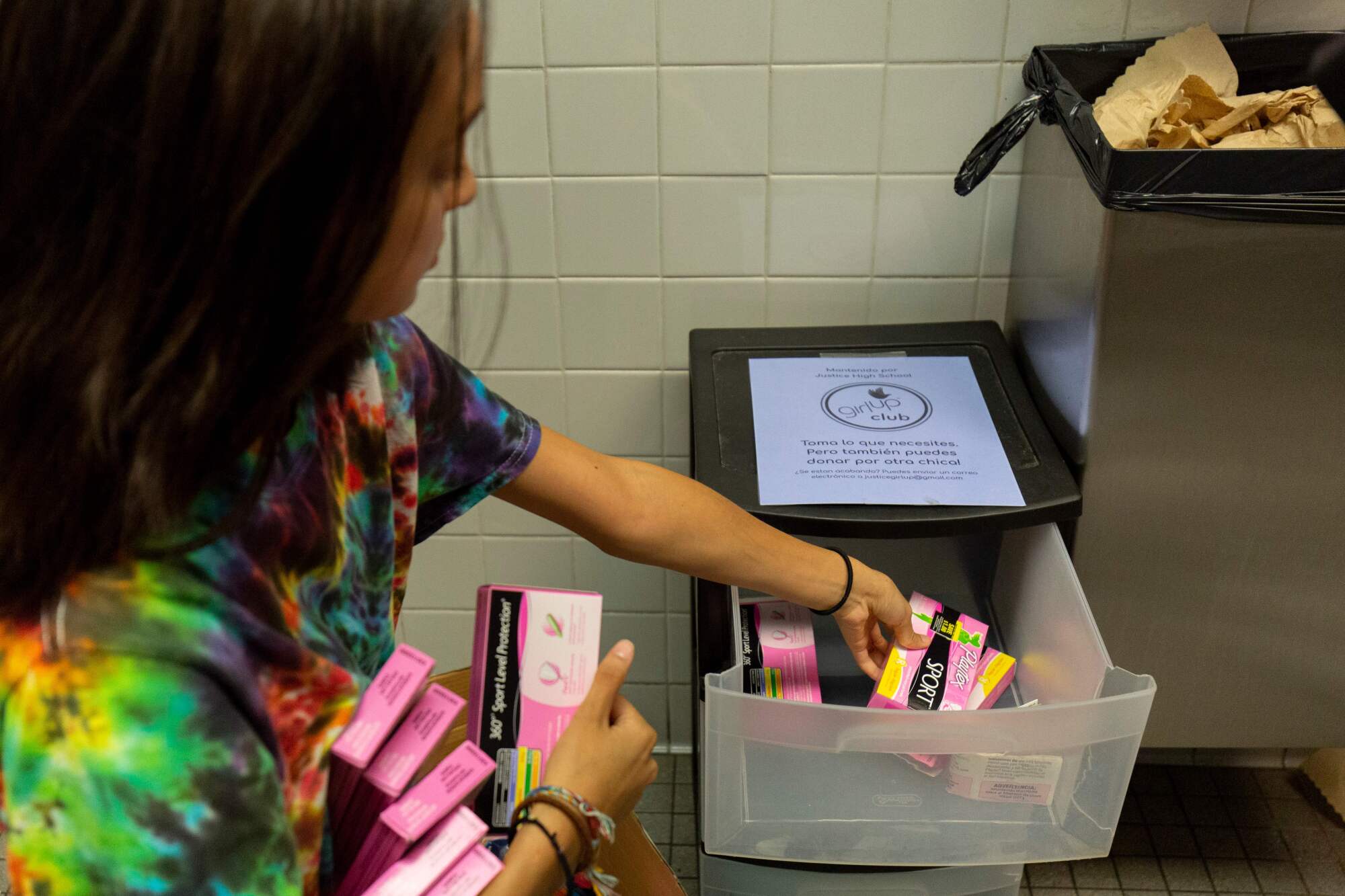
“It has that muffin top, so when you insert it, it’s pretty painful,” said Sarah Howard, marketing director at the free-vend company Aunt Flow, one of few producers to update the cardboard applicator since the New Deal.
It also happens to be one of the first cardboard products consumers ever touched. A contemporary of the modern cardboard egg crate, which was patented 11 months earlier, the cardboard tampon applicator predates the cardboard cigarette box by more than two decades.
Sit with that: In the timescale of everyday objects, the Marlboro hard pack is closer to the cardboard Barbie Dream House than it is to the Tampax in the vending machine at Venice High.
Tampons are wildly popular in the U.S. Americans use more than 5 billion of them a year, data show. (Per capita, only Germans and Austrians use more.) But since the 1990s, the overwhelming majority of those tampons have come cased in plastic, meaning plastic applicators outnumber plastic straws by an order of magnitude in the municipal waste stream.
So concerted was the marketing push to plastic that, by 2015, cardboard applicator tampons were circling the drain.
California public schools and colleges would have to stock their restrooms with free menstrual products under legislation sent to Gov. Gavin Newsom.
Then, in July of 2018 — the height of straw-ban summer — New York introduced free cardboard-applicator tampons in public schools. Attendance improved by 2.4%. Eleven states and the District of Columbia soon followed suit. Two dozen states now provision free menstrual products to those they incarcerate, while a growing number also mandate them in homeless shelters, community colleges, public universities and government buildings.
Today, you can find free tampons at Disneyland in Anaheim, Nationals Park in Washington, D.C., and in every public restroom in Ann Arbor, Mich.
And enveloping almost every single one of those tampons is a telescoping cardboard applicator.
“Our clients really care about reducing waste,” Howard explained. “[Eliminating] plastic products, that’s really important to them.”
Aunt Flow’s updated tampons can be found at Google, Princeton and throughout the Utah public school system. But most machines still vend old-school “War Worker” tampons.
Those tampons haven’t changed. Public morals did. That’s how an object of stark utility — a product that took off because it was cheap, durable, and uniform enough to fit millions of munitions workers trying to beat the Nazis in World War II — became a byword for environmental stewardship and menstrual equity.
The difference between biodegradable tampon applicators and biodegradable drink straws is that one helps poor kids miss less school and the other makes beverages very marginally worse.
It’s function.
That’s the first lesson: Cardboard works. We use it because it’s useful.

OK, but what about Pogs?
A reincarnation of the long-defunct cardboard milk cap, Pogs were a brief schoolyard obsession in the mid-’90s.
Two billion were sold in Hawaii alone between 1992 and 1993, back when Americans used roughly two-thirds of the cardboard we do today.
That’s billion with a B.
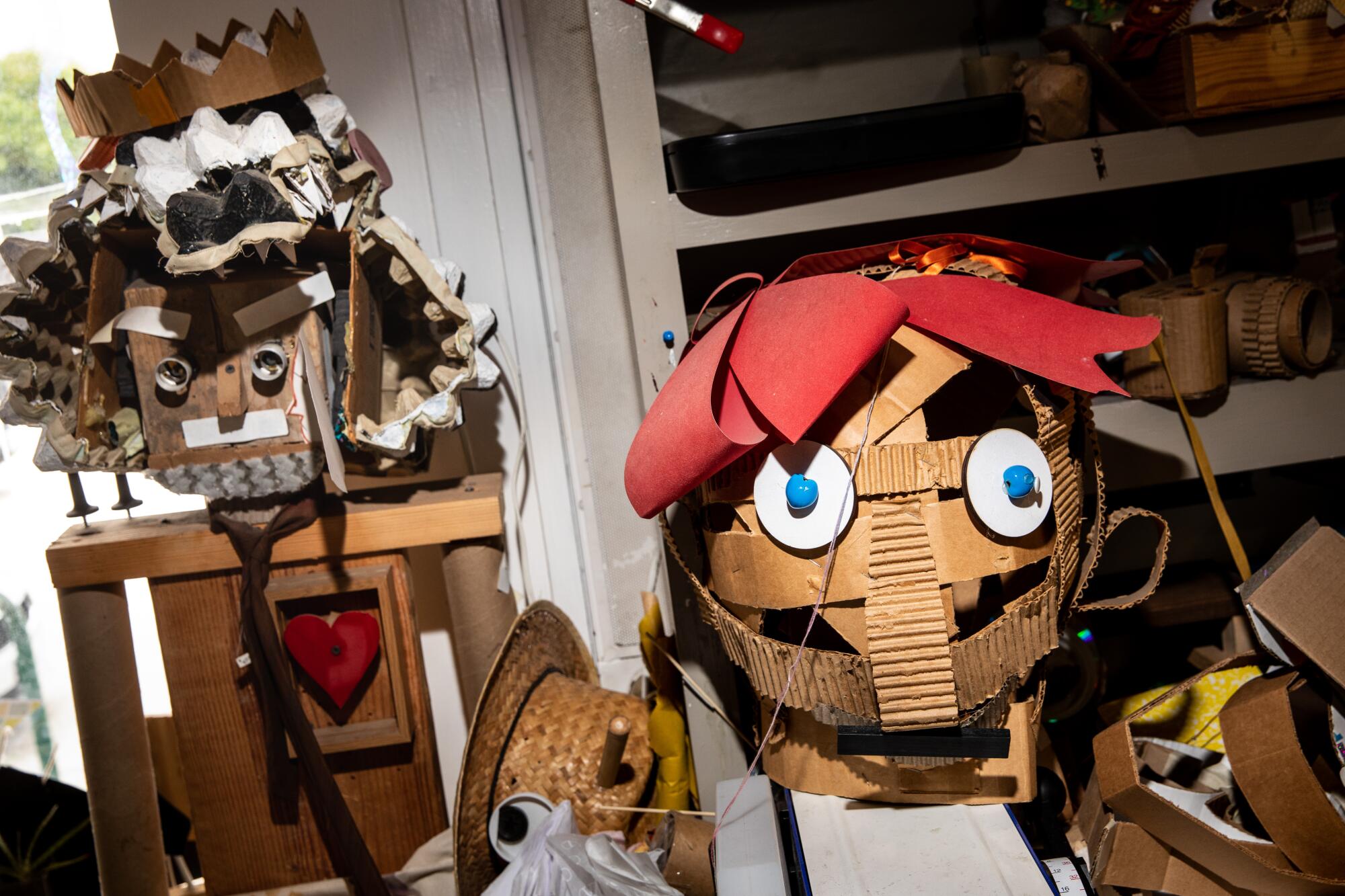
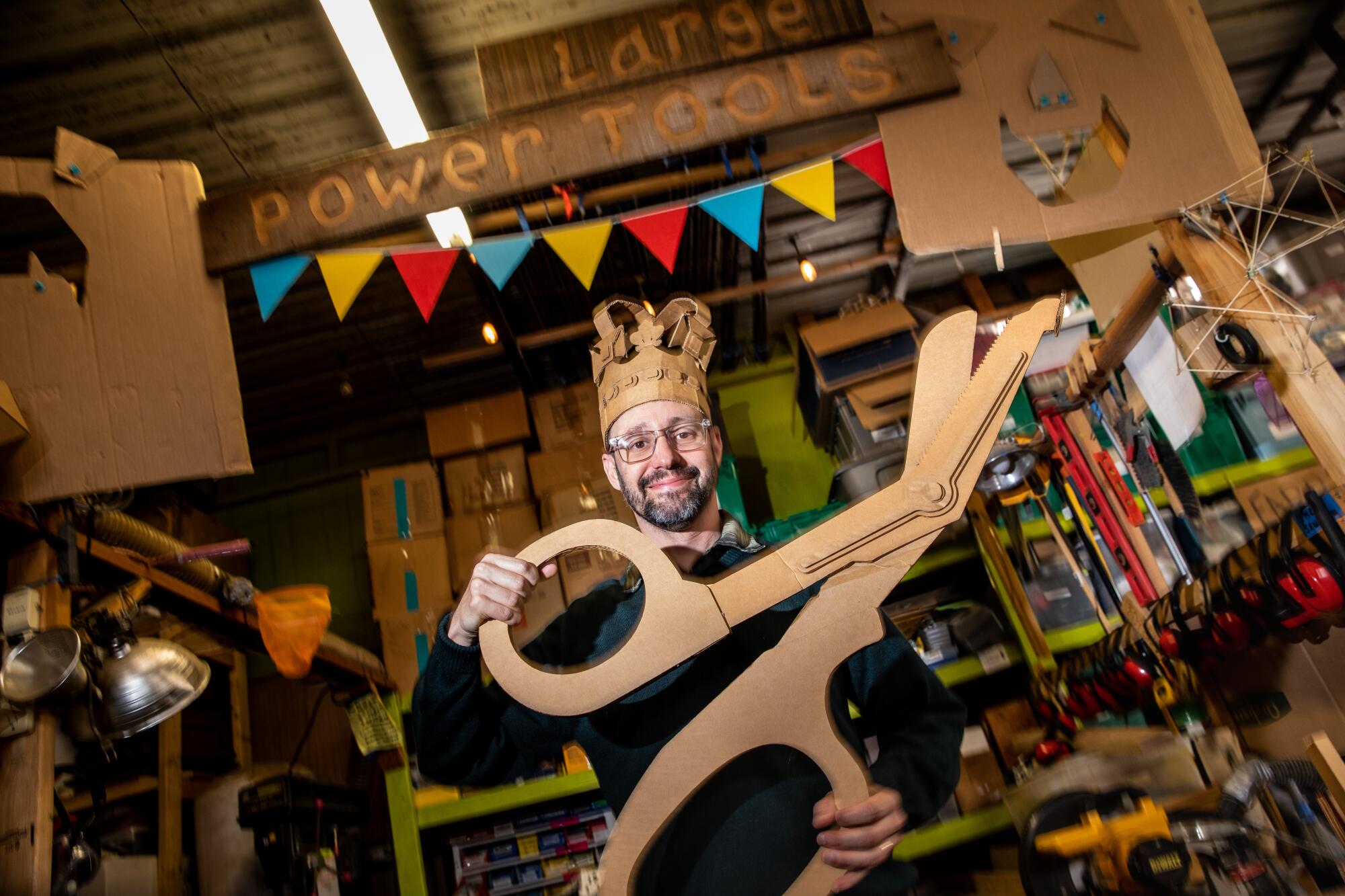
Pogs are our second object because they’re literally useless. They were promotional ephemera for a juice drink until fifth-graders at Waialua Elementary School started playing with them.
Pogs are a reminder that generations grew up playing with cardboard, whether it was shaped like a milk cap or a brick or a jigsaw puzzle or a Minion. Starting next year, even Happy Meal toys will be made out of cardboard, which makes Happy Meals another object lesson for cardboard-as-public-morality. But that’s not why most of us play with it.
“We use cardboard because it’s fun,” said Jonathan Bijur, executive director of the reDiscover Center, a nonprofit maker space in West L.A. that specializes in the material. “People just have good associations with playing with that cardboard box.”
Toy giant Mattel is trying to confront the plastic pollution crisis with 33 playthings it says are sustainable.
To a child, a box can be a doll’s house or a rocket ship, a camera obscura or a magic carpet sailing down the concrete slides in Golden Gate Park.
At reDiscover, it can also be skewered, tabbed, notched, hinged, folded, slotted, bracketed, linked, scored, L-braced, gusseted, curved and cured into any number of imaginative toys.
Unlike other toys kids might play with, those things are intended to be used up, and discarded.
“This is an ephemeral. This is temporary,” Bijur said. “You’re going to have fun making it. And then we’re going to throw it away.”

Unlike Giga Pet shells or Beanie Baby guts, which will still be in landfills in 500 years, most Pogs would have biodegraded a few weeks after they were thrown out, probably around the time NAFTA was signed. (So if you’re asking yourself if you should bother to toss that cardboard box into a recycling bin, the answer is yes.)
And that’s the second lesson.
Cardboard really does disappear when we’re done with it. After it’s been an Amazon box and a watermelon bulk bin and a pizza box and a Happy Meal toy and a tampon applicator, it will disintegrate about as quickly as the toilet paper that applicator is wrapped in.

The last object is — obviously — a box.
Not an Amazon box — that would be too obvious — but the cardboard that has encased virtually all wholesale, pre-market goods since about 1910. Before Amazon, this “secondary packaging” was broken down and baled by grocers and big box stores without consumers ever clapping eyes on it.
Most of it still is. Today, the overwhelming majority of cardboard exists simply to move stuff from manufacturers to stores.
But the pandemic forced an unprecedented shift to home delivery. “We’ve gone from a larger box to a lot of smaller boxes,” said Pete Keller, vice president of recycling and sustainability at Republic Services, one of California’s major recycling firms. “The drop we saw in commercial [at the peak of COVID], we saw basically the identical increase in residential. It was almost a like-for-like swap.”
In other words, what’s changed isn’t how much cardboard we use, but how much we see.
“[E-commerce] hasn’t dramatically changed the amount of corrugated,” said Rachel Kenyon, senior vice president of the Fibre Box Assn., an industry group. “People are more aware of the packaging today because they’re seeing it on their doorstep.”
The environmental impact of that shift is nuanced and annoyingly hard to calculate.
But the human toll is clearer.
“It’s significantly affected workers’ quality of life,” said Victor Mineros, secretary treasurer of Teamsters Local 396, which represents the UPS workers dropping off boxes and sanitation workers who retrieve them. “The volume of work is a lot higher, the days are hotter, and these workers are suffering from fatigue.”
Delivery trucks have no air conditioning. The hours required to ensure one-day delivery are crushing. And though the share of e-commerce has slumped somewhat since its COVID peak, there’s no sign it will reverse.
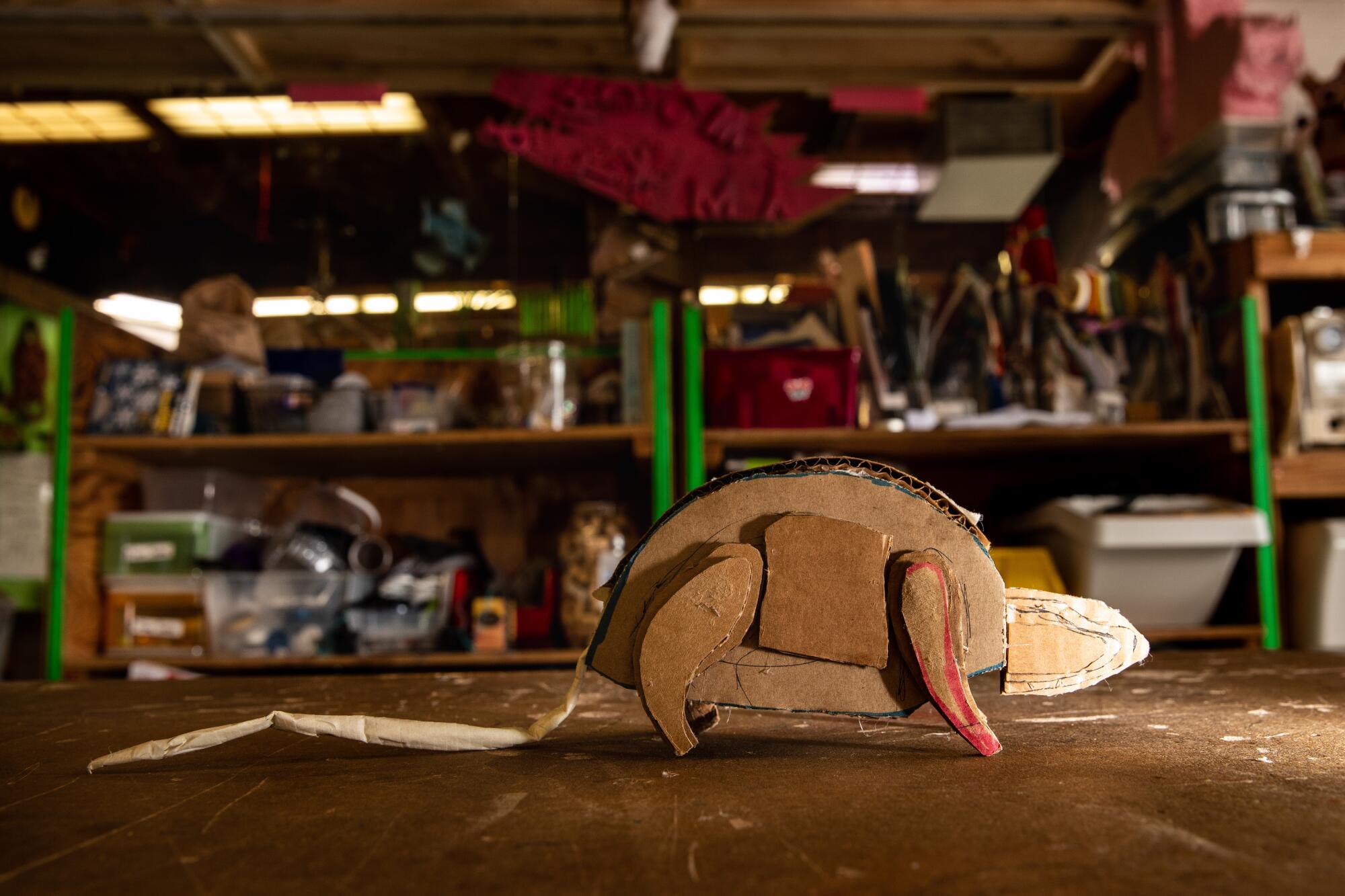
Through it all, the UPS corporate profit margin nearly doubled. Yet it took months of negotiations and weeks of practice pickets to win raises, more full-time jobs, and air con in all new fleets, averting a strike that could have kneecapped e-commerce and ground much of retail to a halt.
And that’s the lesson of the box. Cardboard’s unparalleled utility, its near-magical ability to vanish once it’s no longer needed — none of it changes its primary function or how many people are ground down by just this one facet of our insatiable lust for more things. The same material that keeps kids in school and promotes play in its purest form is also the last point of friction — indeed, the last vestige of human contact — in a world of free shipping and no-fault returns.

